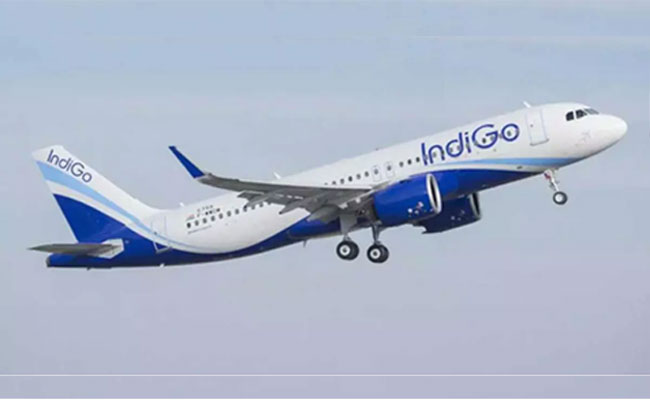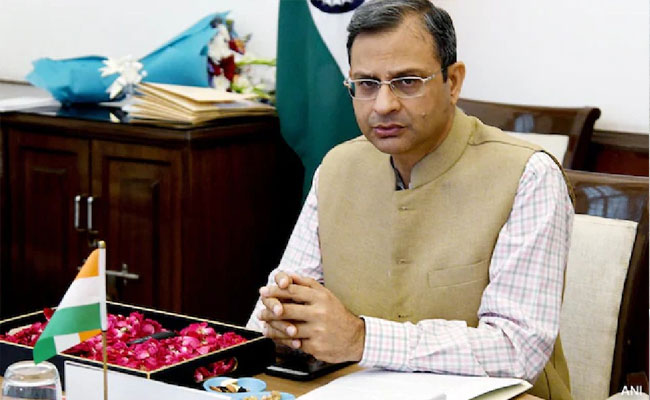Farmers are not the only people who commit suicide in our country. If one family member is diagnosed with cancer, the whole family may be forced to kill itself owing to financial burden that the treatment cost of the disease brings. Owing to the lobby of private hospitals, government hospitals aren't offering any great promising service to patients of this disease.
Smallest of the small health concerns can be a cause of worry for middle class owing to the claims that private hospitals are ensuring treatment is never efficient and economical. Govt hospitals are being gobbled up by corporate hospitals.
BPL card holders have some dedicated facilities for themselves. But the mode class people are facing major challenges in a accessing your education and healthcare.
General hospitals of a country soena a lot about its focus and commitment of a govt towards its citizens. Healthy citizens are the future of any country.
Hence the budgetary allocation made by a government towards health gains significance. As per the World Bank, India had spent only 3.8% of its GDP on health care services in 2015. While the global average of spending on health care services stands at 9.9%, America spends 16.8% for this purpose.
Only 15% people in India are covered by health insurance and more than 94% of health expenses are met using personal financial resources.
Hence an unexpected health emergency can consume the whole family with its expenses.
Owing to all this, Modiji's Ayushman Bharat is deemed to be a significant step towards ensuring health for all. Through this insurance, every family will receive Rs 5 lakh worth health insurance to be equally distributed to 10 cr families in the country.
This scheme is said to be initiated ay different from Swasthya Bima Yojana that existed in the past. This would be introduced under AB-NHPM and this also includes upgrading of the existing primary health care centres to disburse better services and assistance. Insurance amount has been increased from Rs 30,000 in the past to RS 5 lakh now.
The government hopes to reach 40% of the country's population through this, while digitalising Rajiv Aarogyasri Health insurance on the lines of what exists in Andhra.
But there are already questions about the misuse of this scheme.
Though the scheme is wonderful, some aspects may turn into challenges and ruin its whole purpose.
About 40% cost of this scheme has to be met by state governments.
Since this adds financial burden on the states, they may seek financial aid from the centre to meet the expenses. Many states that are have glaring poverty may need more contribution from the central government. This will stretch them for resources.
This scheme may work well in urban areas, but rural sector will still suffer the lack of facilities because good hospitals are still a distant dream in villages.
About 75% hospitals and clinics, along with 80% of doctors exist only in urban areas. They are serving only 28% of the population. Hence there is immense scarcity of resources and expertise in other parts of the state. There is just one bed per 1000 persons at India while the developed nations have about 6.5%.
There are about 0.6% doctor per 1000 patient in India while developed nations have 3 doctors for the same number.
Only 37% people are entitled to avail health services as inpatients within 5 km radius of their living spaces and another 68% people can access healthcare services as outpatients in the same space. According to the World Bank, till 2015 over 15% of Indian children could not get vaccine for various reasons. Private hospitals are most certainly capable of using up every lacunae in govt hospitals for their own benefit. Lack of facilities provided by the government will force people to reach out to private hospitals which may exploit the insured person to fill its own coffers. Unnecessary procedures and surgeries may be performed for the sake of sucking money out of the system. This may push the patient to the brink of death. The family will be in penury over such expenses.
At the same time it is important to observe the behaviour of doctors in government hospitals as well. Running a private hospital is much more economically beneficial than working in a govt hospital alone. Hence it is an open secret that most doctors run private practice on the side. Since health insurance sector has private hospitals in its kitty, it would encourage most govt doctors to run a private hospital or a private practice on the sly.
This whole arrangement may facilitate people to depend more on private hospitals for even smallest of the ailments for which they'd never visit a doctor earlier. A monitoring system to manage all this is much needed.
One does not know whether the govt is aware of all these aspects and probabilities, and if there is a system in place to check them.
We must remember private hospitals are quite a gold mine for insurance companies. We need to focus on making govt hospitals better with facilities and service delivery. If govt hospitals can deliver better services compared to private hospitals at economical prices, the latter will naturally reduce their costing too.
Health services are better and popular among people when they are economical and of good quality. This is a simple truth. For instance private hospitals in Tamil Nadu are competing to overtake govt hospitals which are way better. This way private ones have to keep their prices low to attract the footfall of patients.
As against this, private hospitals in Uttar Pradesh have skyrocketing prices. Hence the govt needs to focus on preserving and making govt hospitals better than before in order to reach the benefits of its schemes such as Ayushman Bharat. Private hospitals need to be kept in check. Else they'd turn out to be the biggest threats to people's health.
Let the Truth be known. If you read VB and like VB, please be a VB Supporter and Help us deliver the Truth to one and all.
Amritsar (PTI): Former president Ram Nath Kovind on Friday said that with digital transformation, economic reforms and a strong focus on the ease of doing business, India is moving towards becoming a global economic powerhouse.
He was speaking after inaugurating the 19th edition of the Punjab International Trade Expo (PITEX) in Amritsar.
The former president said that this 19th edition of PITEX is being organised at a time when India is recognised as one of the fastest-growing large economies in the world.
Speaking at the inaugural ceremony of the event organised by the PHD Chamber of Commerce and Industry (PHDCCI) the former president, while referring to Punjab, said the state is a living example of courage, sacrifice and enterprise.
"The spiritual light of Sri Harmandir Sahib (Golden Temple) inspires peace and humanity across the world. The heritage of Punjab is deep and inspiring," Kovind said, according to a statement issued by the PITEX.
The former president congratulated the PHDCCI for hosting the 19th edition of PITEX and suggested that the chamber should expand PITEX outside Punjab.
He proposed that a similar event should also be held in New Delhi.


_vb_69.jpeg)


